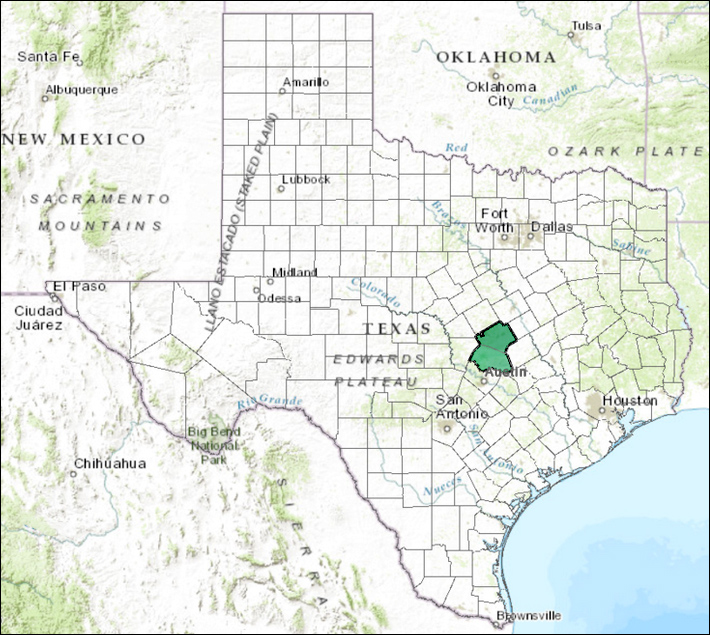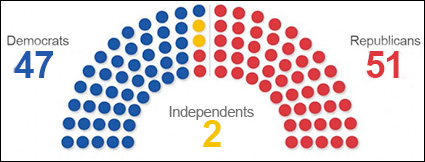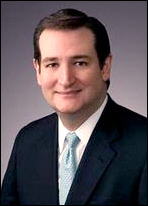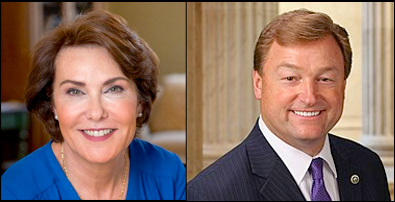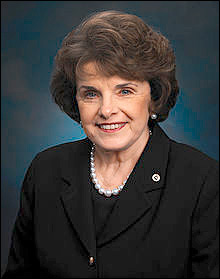By Jim Ellis
Sept. 26, 2018 –For the first time since his original election to the House back in 2002, Texas Rep. John Carter (R-Round Rock) has drawn a top-tier Democratic challenger.
Consultant and Afghanistan War veteran M.J. Hegar (D) is giving the veteran congressman all he can handle, but a new Democratic poll finds him still hanging onto to a lead despite absorbing over $1 million in money spent opposing him.
Some of Hegar’s expenditures included financing an introductory 3:29 minute promotional video that went viral nationally and attracted well over 2.8 million views. The video, mostly about Hegar’s military career and being wounded in action, her life after the service, and the battle to allow women in combat, also created a fundraising bonanza.
Much of the money was used to tangentially hit Rep. Carter because Hegar first had to clear a four-person Democratic primary and run-off, an election that saw her placing first in the primary (44 percent), and then scoring a 62-37 percent win in the Democratic run-off vote.
The Anzalone Liszt Grove Research firm just released their second 31st District poll and the first since July. The survey (Sept. 16-20; 500 likely TX-31 voters) finds Rep. Carter leading Hegar, 46-42 percent. In July, the congressman’s margin was 48-39 percent.
The analysis indicates that Hegar is the candidate who is moving forward because she has shaved a net five percentage points from the previous lead but, considering that her campaign has been on offense and Carter defense suggests that the race could have moved more substantially.
The ALG analysis also points out that Hegar has more room to grow because her hard and soft name identification is 60 percent. Yet, they illustrate that Carter’s 63 percent name ID is weak for an incumbent. They omit to conclude, however, that the congressman can also better define himself among the 37 percent that do not possess a clear opinion of him, more of whom are more likely to be his voters than hers.

